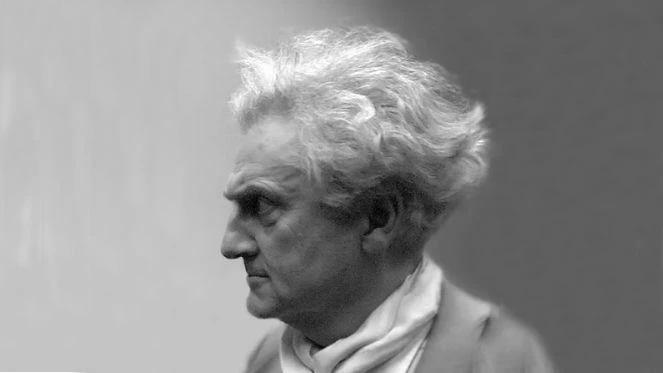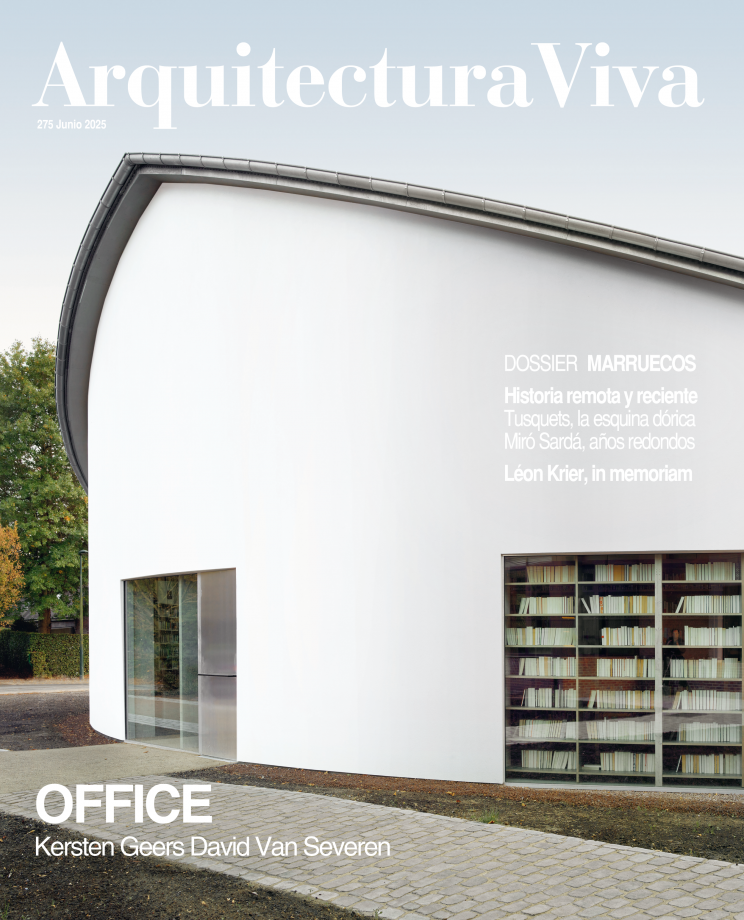
The Luxembourg-born architect, writer, and draftsman Léon Krier, one of the key drivers of the postmodern movement, passed away on 17 June in Palma de Mallorca, where he had been living since 2013 with his partner Irene P. Stillman, in a house near the cathedral with spectacular sea view, after selling his property in the French town of Uzès and donating his library and papers to the University of Notre Dame in Indiana. He was suffering from colon cancer, and shortly before seven in the morning he was seen climbing the city wall in Ses Voltes and plunging into the void.
He was the author of a small body of built works with a neo-traditional flavor, but his extraordinary drawings were exceedingly influential in the 1970s and 1980s, making him the most eloquent advocate of preindustrial architecture and the most vehement champion of the premodern city. After transforming the language of James Stirling – in whose London office he worked from 1968 to 1974 – Léon Krier set out to change the course of architecture, in step with his older brother Rob (1938-2023), a promoter of traditional urban schemes in projects as determinitive as Berlin’s Neue IBA, with the group of militant defenders of the European city gathered in Brussels around Maurice Culot.
A gifted polemicist comparable only to Le Corbusier – whom he often chose as counterfigure – this persuasive propagandist and serene artist reached the peak of his fame in 1985 with the publication of his monumental monograph on the classicist architecture of Albert Speer, who became a cause célèbre; the start of his collaboration with Prince Charles, for whom he planned Poundbury, a new traditionalist and ecological community; and the exhibition of his projects, in conjunction with Ricardo Bofill, at New York’s Museum of Modern Art.
Subsequently he would establish a close bond with the ‘new urbanists’ – who under the leadership of Andrés Duany and Elizabeth Plater-Zyberg, from their base in Miami, propelled urban projects as characteristic as the communities of Seaside, where Krier took part building a house, and Celebration, both in Florida and also with the university they attended, Yale, where they later taught under the deanship of yet another traditionalist, Robert Stern, whose books he reviewed in our magazine.
Krier was the first recipient in 2003 of the Driehaus Prize for Classical Architecture, a generously endowed ‘traditionalist Pritzker’. We would meet up when he came to Madrid to sit on the jury of that award, and had a continued relationship during my 2007 stint at Yale University’s Whitney Humanities Center, when we often lunched with our mutual friend Peter Eisenman. Arquitectura Viva regularly published reviews of his books as well as articles by him, and featured some of his projects, material on which he would send us with scintillating messages full of wit and humor.
Our last meeting took place precisely in Palma de Mallorca in 2018, on the occasion of a talk I gave at the Cercle Financer de Balears on the theme of urban density, a subject in which we could not disagree. Krier always defended classicism and the vernacular, but also the need to promote more dense, livable and ecological cities: concerns which the climate crisis has put back at the center of our attention, bringing about the return of ideas, images, and people that had been out of the scene for half a century.
In Spain, he deplored the sad deterioration of the urban peripheries and of the coastline, but adored historic architecture and the pueblos de colonización built in the 1940s and 1950s. Artist, intellectual, and gentleman, he judged his brother Rob even more elegant, but we will always remember him impeccably dressed and carefully choosing the dishes on the menu, the partners in the dialogue, and the topics of conversation.






